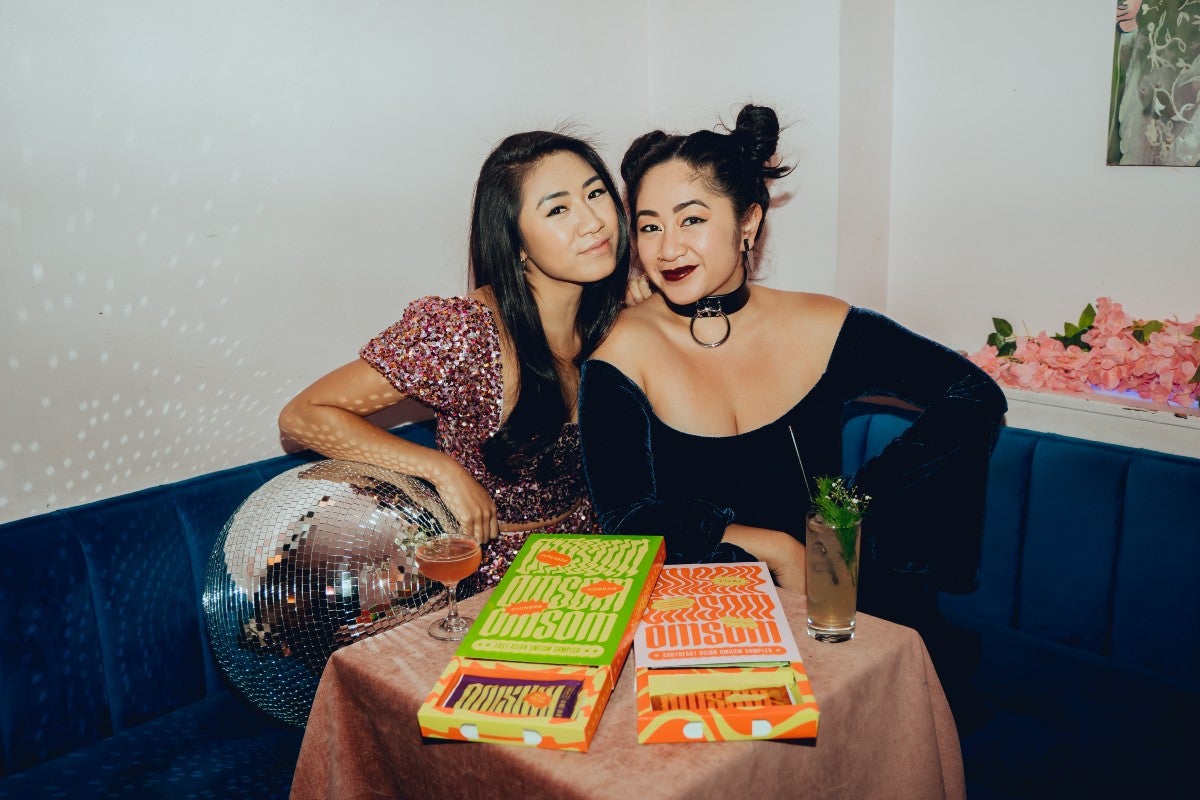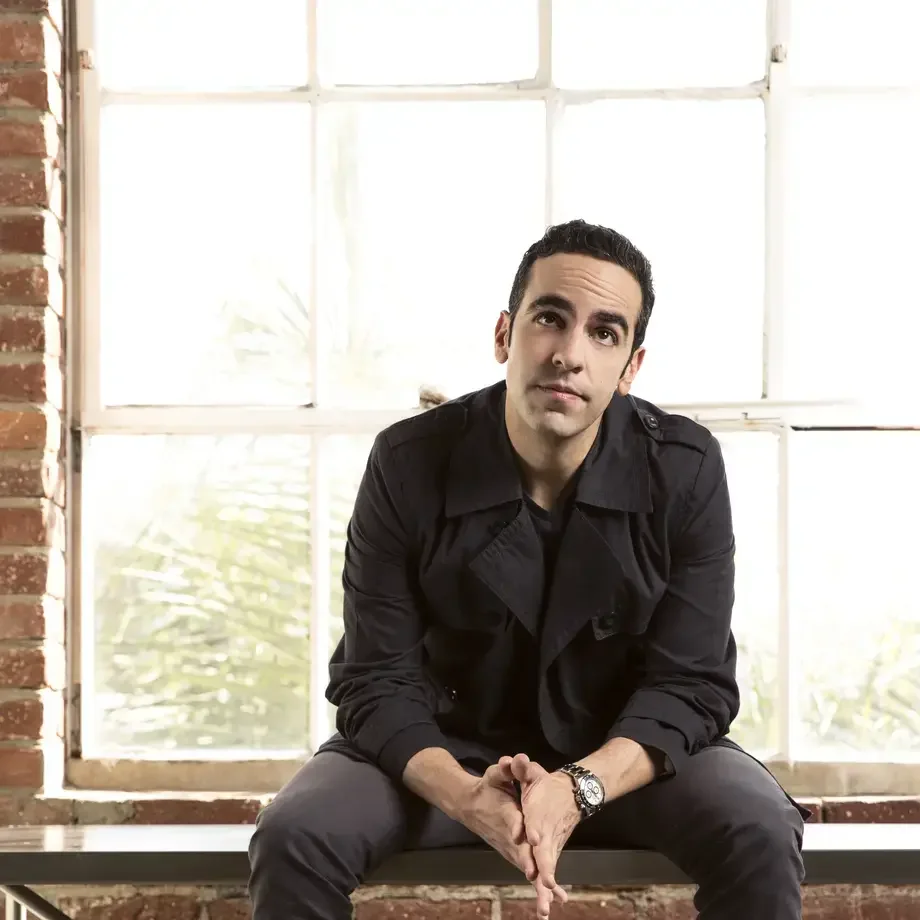Vanessa and Kim Pham of Omsom. Photo by Deanie Chen
What’s authenticity anyway?
“Every time I hear the word ‘authentic’ a little part of my soul dies. Doesn’t it stunt our creativity if we have to do things exactly the same way our parents did?” asks Palita Sriratana, chef and founder of Chicago’s Pink Salt (“unfettered, not too serious, born in tradition but not limited by it”), as we meet up over for matcha lattes at New York City’s Davelle.
Sriratana often combats ingrained perceptions of Thai cuisine in America. “Running Pink Salt can be tedious. People cling to the Thai dishes they know – takeout classics like pad see ewe and green curry.”
Sriratana has found a new vehicle to get her point across, it comes in a thoughtfully designed jar and resembles no sauce of yesteryear: she has just launched her first sauce, a nam prik pao, a Thai-style roasted chilli jam.
She’s hardly alone. Third culture retail brands are using their products to intentionally evolve the traditions their founders remember. Jennifer Liao, the co-founder of MìLà, launched frozen soup dumplings in 2020 and says: “We can potentially play a role in shaping this evolving Chinese food landscape. Chinese foods in the US continue to face a vicious circle, with prejudice that it should still be cheap.” Liao sees a path forward with vegan soup dumplings. “Sales of frozen Asian entrees and appetisers in the US grew by 14% in the last year. At MìLà, we intend to meet this demand.”
On the buyer side, Ron Capistrano is invigorated by homegrown third culture retail concepts. His company, Southeast, specialises in Asian ingredients from Asia and Asian products produced Stateside. “Being Filipino, I’m very familiar with flavours [of new creators like Pika Pika] and I wanted to share them with people and be the first one to carry their product. It’s a privilege to be part of their growth.”
At the forefront of third culture flavours, is Kim Pham, co-founder of Omsom. “I started the business with my sister as a reflection of my lived identity as a first-generation Vietnamese American. We grew up in a town that was 98% white and had lots of feelings of shame and ‘other’ as they relate to our identities,” Pham tells me. “Post the 2016 election, we both felt personal moral emergencies about the reclamation of Asian flavours and stories. We were overdue for a brand that would centre Asian Americans first. Very much of what we had seen in the ethnic aisle growing up was bastardised, largely made for a Western audience, without Asian Americans in mind and without even Asian Americans in the room.
“As we became adults, we were excited about non-Asian Asian-American food and chefs pushing forward their own cuisines, without being burdened by calls for hyper authenticity.” In this atmosphere, with a healthy dose of inspiration from the brand FUBU and what it represented to black Americans, a retail food company was born. “We never use the word ‘authentic’ in describing Omsom. We are trying to break open the box that Asian-American cuisine has been given,” says Pham. “What’s authentic to one person isn’t to another. Authenticity sets chefs up to fail.”
As with Kung, TikTok played a role. “There are so many restaurateurs, chefs, paying homage to our roots but doing something new – TikTok poured gasoline on that,” says Pham. Social media is also a venue for Pham to thoughtfully explore, equally loudly and proudly, power dynamics in the BDSM world. This journey came with developing Omsom, itself a “deeply transformative journey” for Pham. “As I was creating space for us and my team to own our identities, that’s when I came out. I was like oh, I’m queer. I can’t believe it’s taken me so long to realise it.”


















